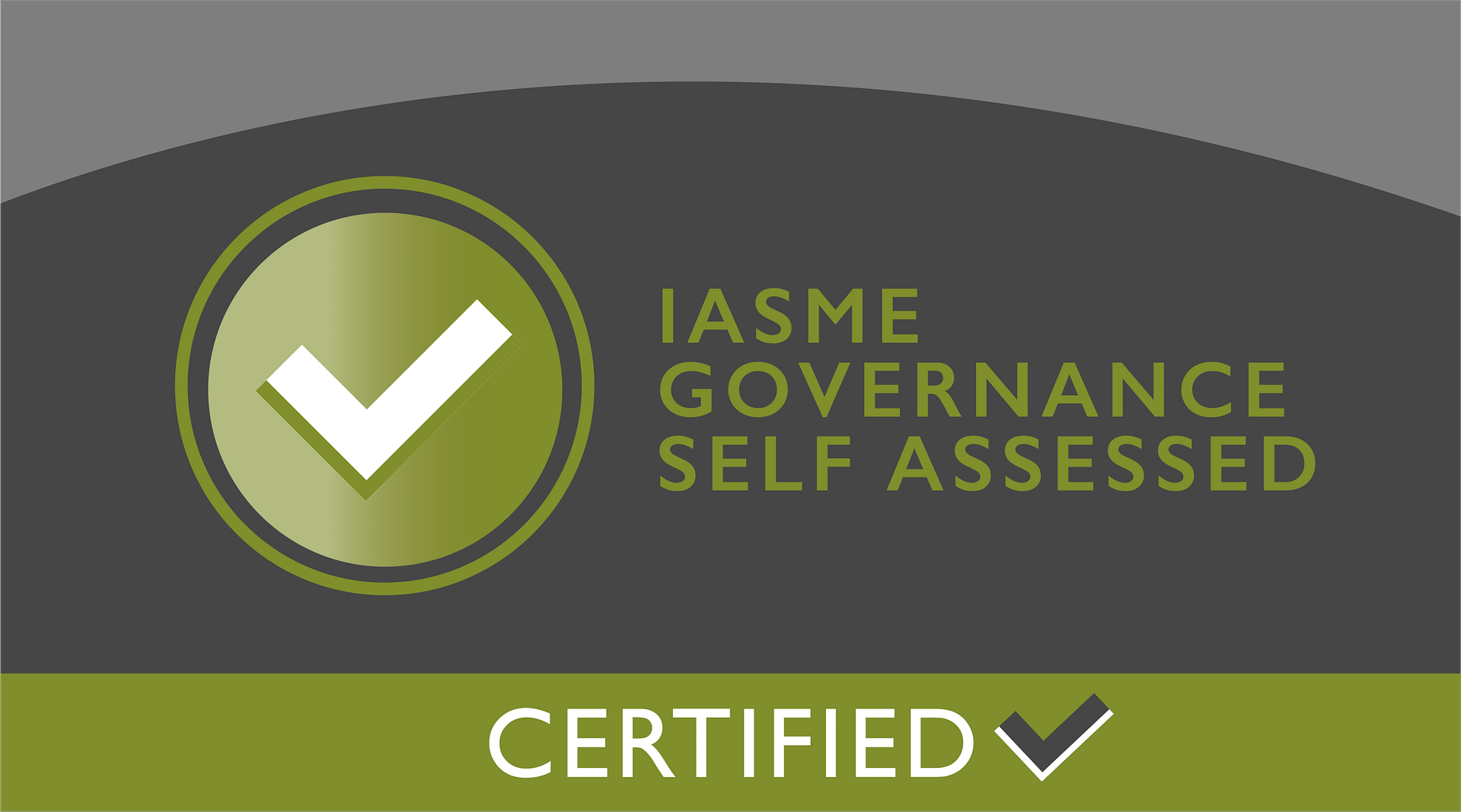To successfully navigate the challenging journey that still lies ahead of us, one of the most important topics to address in this new reality is how to provide a healthy & effective workplace for our workers.
So much has already happened in the last year when it comes to the employee experience from a dramatic and sudden shift to remote work.
The post-2020 employee experience will be mostly about the digital workplace. The vision is unified and integrated. Add in all the major tech trends and it has no silos, no barriers, no limits.
It’s time to link every part of your business together.
The Microsoft Teams collaboration tool has become a critical goal in many organisations’ communications strategy, especially during COVID-19 and this new situational phase of work.
With organisations around the world still working from home, the need for a single, integrated cloud-based communications system that works with their phone system is greater than ever.
For many organisations, it makes compelling sense to provide a better centralised communications service like Teams that can also handle telephony as a natural and native part of the experience.
Having the corporate phone system integrated right within Teams, to fully realise a single unified communications application makes it simpler to provide, manage, and support one consistent set of communications services for employees.
Utilising all of the features (versus just some of what Teams has to offer) promotes employee productivity, flexibility to work from anywhere and lessens the upkeep of multiple toolsets.
Taking your business’ deployment of Teams to the next level does not require any new hardware and can be scaled at anytime.
It deploys in minutes and is built on Microsoft Azure to ensure a secure, compliant, and redundant voice solution. The ultimate home and remote working solution for business.
There are a few ways to enable voice capabilities in Microsoft Teams. One is through a Microsoft calling plan. This option has its merits but the porting and billing functions are basic which puts additional overheads on the user.
The second option, Direct Routing, exemplifies the brilliance of Microsoft Azure. Designed for customers wanting more control of their telephony services and migration plans to the Microsoft environment, Direct Routing provides the ‘build-it-yourself’ option, combining carrier services & cloud infrastructure.
The most viable option for adding voice to Microsoft Teams is end-to-end Direct Routing as a Service (DRaaS). These solutions are designed and architected to leverage the power of Microsoft’s cloud, built with security, scale and redundancy. Shared services also minimise the need for overlaying professional services and eliminate overhead costs.
Activation is simple, visible and intuitive with fast automation for set-up and ongoing management. Costs are predictable, fully inclusive and provide service flexibility without managing ratios or surprise overage charges.
As organisations are in various stages of migrating workloads to the cloud, DRaaS is the preferred strategy for avoiding the complexity of building in-house to ensure leaders are focused on their employees and business, instead of their IT estate.
Assembly puts your voice in the cloud to provide full calling capabilities into Microsoft Teams. Enable external calls from within your Microsoft Teams., securely and efficiently. Make and receive UK, international and mobile calls even with non-Teams contacts, with reliable and cost-effective calling bundles.
Talk to one of our specialists today to learn more about our remote working capabilities; how we’re bringing people, business and technology together; and what this means for you.






